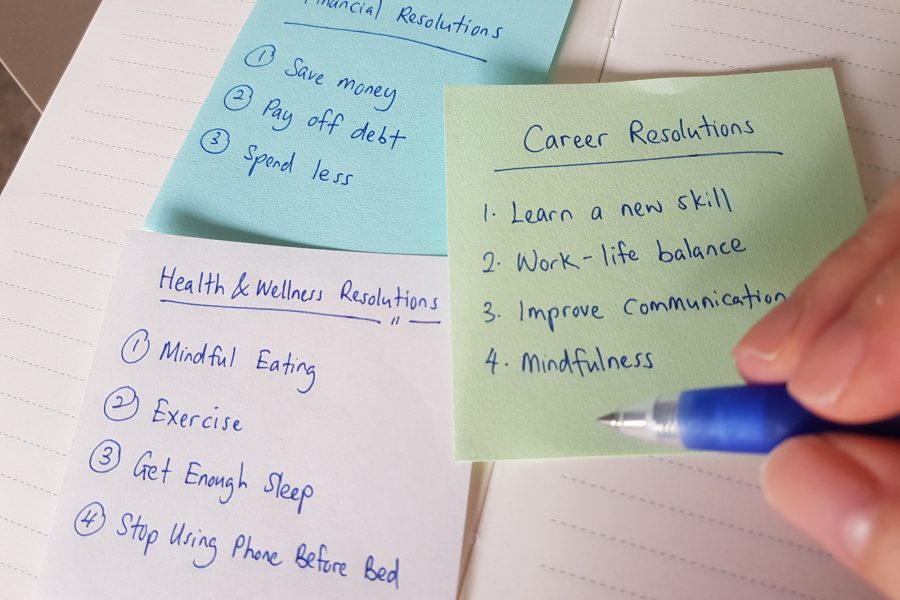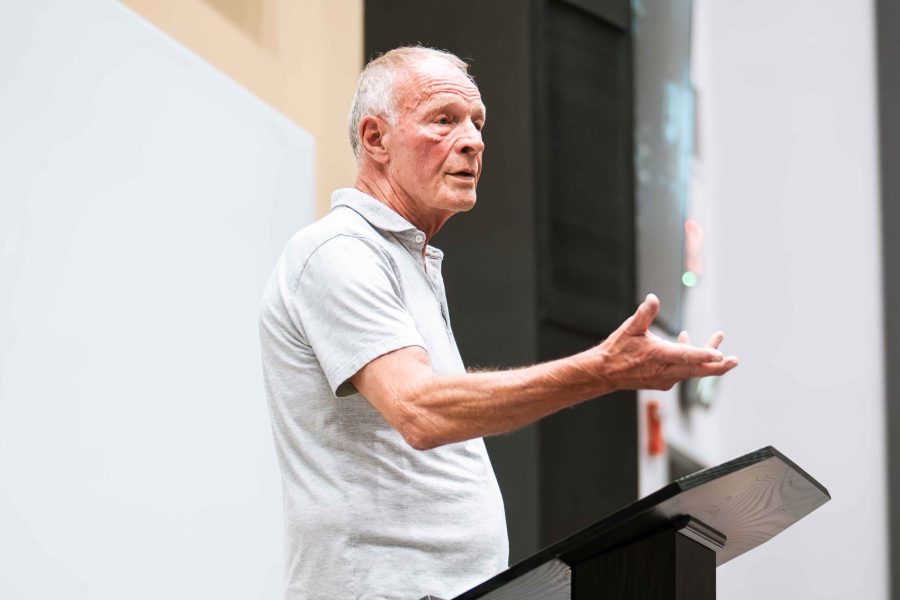In an era where everyone seems to be doing two things at once, Wake Forest University psychology professor Anthony Sali is working with neuroscience experts to learn more about how the brain works. By studying the nervous system, including the brain, spinal cord, and peripheral nerves, new findings debunk the myth of multitasking.
Professor Sali, the term “multitasking” is ubiquitous today. What’s the biggest misconception people have about it?
The biggest misconception is that we are actually doing two things at once. That’s not how our brains work. What’s happening is our brains are rapidly switching between tasks. It feels like we’re doing things simultaneously, but we’re really just shifting our attention very, very quickly. When it comes to focusing on tasks, we’re serial processors, not parallel processors.
So, if we’re not truly multitasking, what’s happening in our brains when we try to juggle multiple activities, like talking on the phone and driving?
A major leap forward in neuroscience is our ability to truly connect what our brain is doing with how our minds work. It’s something we couldn’t do nearly as well even a decade ago. Researchers now have powerful tools that can measure brain activity in real time. In our lab, we look at patterns of activity in the brain, and then use computational models to figure out what those patterns mean psychologically. When we compare these insights to how people actually behave, each piece of information gives us a clearer picture of what’s really going on in the mind.
When you’re trying to do two attention-demanding tasks, like driving and talking on the phone, your brain is essentially taking resources away from one to give to the other. In this example, both tasks require a significant amount of cognitive load. You are trying to process visual information, auditory information, and make decisions about steering, speed and surrounding traffic, all while engaging in a conversation. What ends up happening are rapid shifts of attention, and you’re not fully present or effective at either task. This is why things like using a cell phone while driving are so dangerous; you’re literally not seeing or processing a significant amount of the road.
What are the consequences of this constant task-switching, especially for our memory and learning?
The consequences are significant. When you’re constantly switching, you’re not deeply encoding information. For example, if you’re trying to study while also checking social media or responding to texts, you’re not forming strong, durable memories of the study material. Your brain is unable to store that information effectively because your attention is fragmented. This leads to poorer recall and a less robust understanding of what you’re trying to learn. Essentially, you’re hindering your ability to retain new information.
Given that “multitasking” is so common in our work and personal lives, what are some practical strategies to be more effective and reduce the negative impacts of task-switching?
The key is to create an environment and habits that support focused attention. A major strategy is to block out dedicated time for single tasks. For instance, if you need to work on a report, close unnecessary tabs on your browser, put your phone away or on silent, and commit to that one task for a set period. Breaking down larger tasks into smaller, manageable chunks can also be helpful. Another strategy is to be mindful of your own productivity peaks and try to schedule your most demanding tasks during those times. It’s about being intentional with your attention rather than letting it be pulled in multiple directions.
For someone who feels like they have to multitask to keep up, what’s the most important takeaway you’d like them to remember about how their brain works?
Remember that your brain is incredibly powerful, but it has limitations, especially when it comes to juggling simultaneous demands. The most important takeaway is that true multitasking is a myth. You’re not being more efficient by trying to do multiple things at once; you’re actually slowing yourself down and diminishing the quality of your work and your learning. By focusing on one task at a time, even for short bursts, you’ll be more productive, retain more information, and ultimately, reduce cognitive strain. It’s about working smarter, not harder, with your brain’s natural capabilities.



